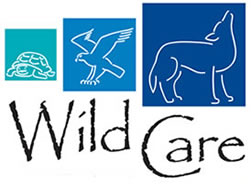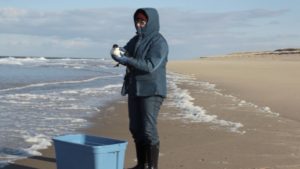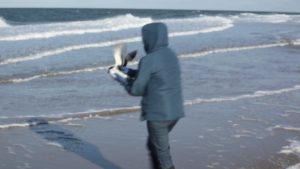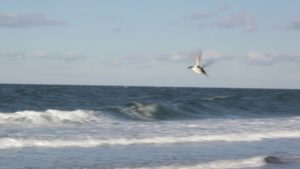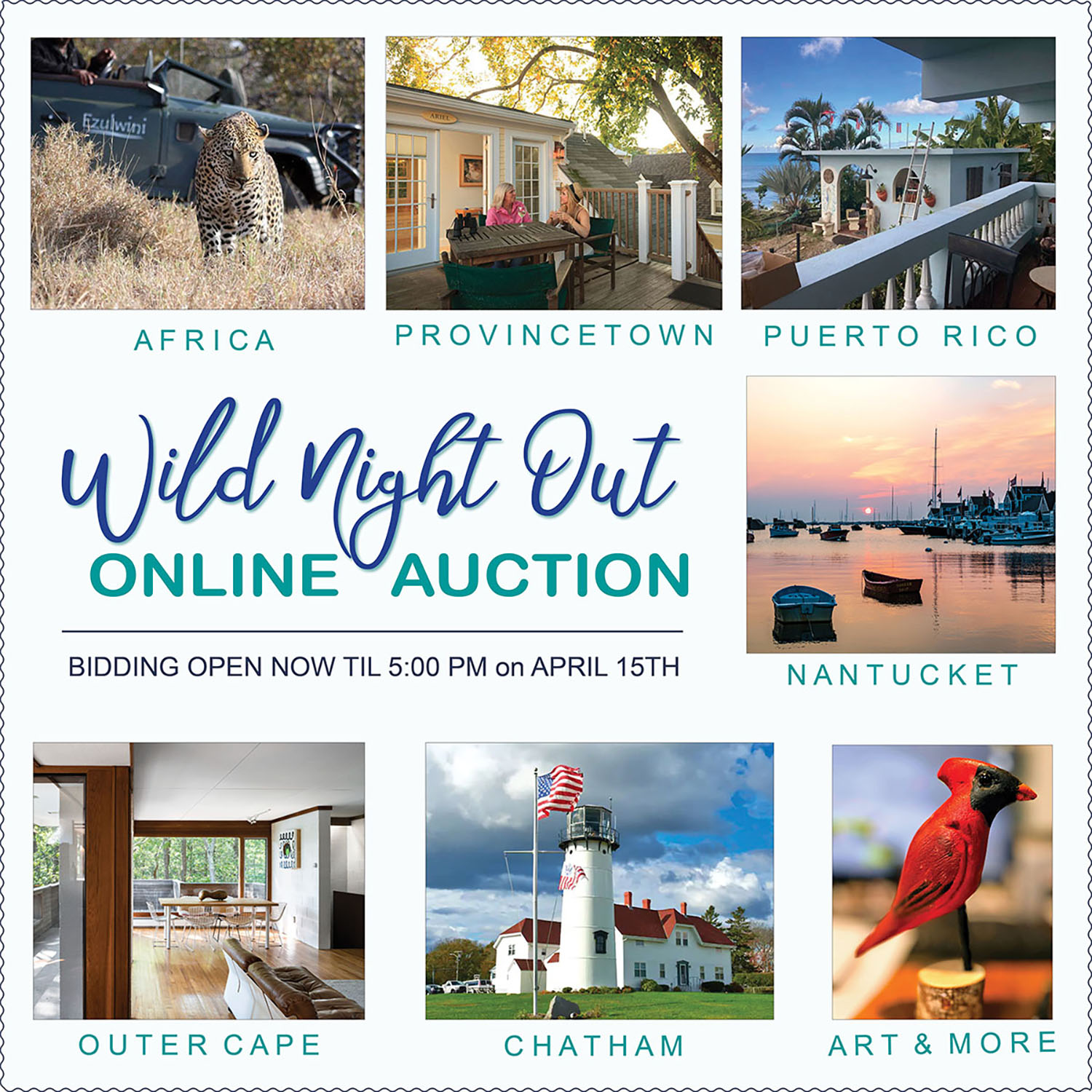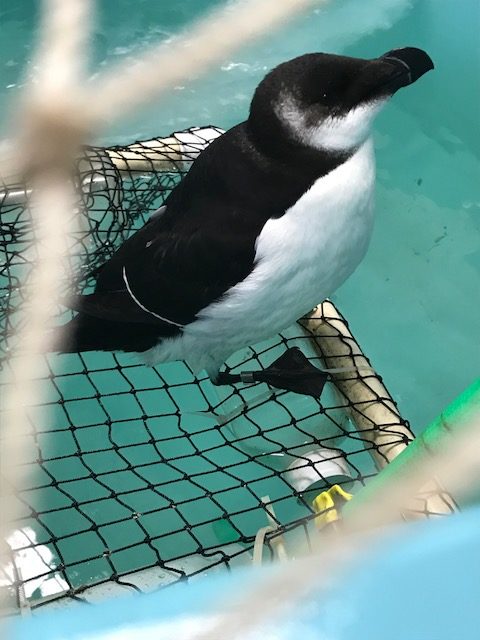
Razorbill Goes Back to the Sea – With Bling!
By Stephanie Ellis, Executive Director
This Razorbill was brought to us by Andrea Spence, an intern at the National Marine Life Center in Buzzards Bay, who also happens to be a Wild Care Volunteer! When she was leaving NMLC on the evening of 12/28, this little bird startled her when it came out from hiding underneath her car in the parking lot! She brought him to Wild Care that evening and we provided hydration fluids and a quick exam. The bird was slightly underweight and dehydrated, but recovered quickly with supportive care, good nutrition, and swim therapy in one of our Seabird Therapy Pools. We were delighted to release this bird back into the wild in early January, but not before it was adorned with some very important bling…
Anthony Hill is a Master bird-bander who has volunteered for Project Puffin, also known as National Audubon’s Seabird Restoration Program, for many years. (Read about Project Puffin here.) Bird banding is the skilled placement of a metal band onto a bird’s leg. The band includes a series of numbers unique to that bird, allowing for identification of the individual bird at a later time, much like a fingerprint or a social security number! Anthony drove to us from South Hadley, MA on a moments notice to band our Razorbill. Razorbills are referred to as Alcids, a group of birds of the Family Alcidae, closely related to and including, puffins, murres and Dovekies. Anthony rarely gets an opportunity to band adult alcids, as he has primarily banded chicks for Project Puffin. He was excited for the opportunity to place a band on this adult bird. A re-sighting of this bird on its nesting colony can teach us about longevity, migration patterns, breeding locations, and so much more. This is information that can aid in species population recovery in the future. Anthony placed a unique metal band on the bird’s right leg. The band is triangular in shape to conform to the shape of the bird’s leg, and to prevent wear on the breeding grounds where Razorbills spend their time nesting on coastal rocky cliffs. If the band was round, the numbers would quickly become worn off and would not be readable in the field. Bird bands do not hinder the bird’s ability to feed, dive or behave normally. (If you look closely, you can see the band on the bird’s right leg on the photo above.)
Anthony also was able to determine that the bird was at least 5 years old, based on notches on its Razor-bill. Fascinating!
We hope that our bird fares well, and that it is re-sighted on its breeding grounds far north along the Atlantic coast. Thank you Anthony for your critically important work, and for banding this spectacular little bird. Bon voyage Razorbill!
We are delighted to get this bird back out to the sea!
Release by Jennifer Taylor, Animal Care Coordinator
Wild Night Out Online Auction
READY, SET, BID… We are so excited to announce that our Wild Night Out Online Auction is now live!
READ ALL NEWS
CALENDAR OF EVENTS
04 April, 2024
Wild Night Out Online Auction
EVENT DETAILS
05 April, 2024
Wild Night Out
EVENT DETAILS
28 February, 2024
Wildlife Winter/Spring Talk Series
EVENT DETAILS
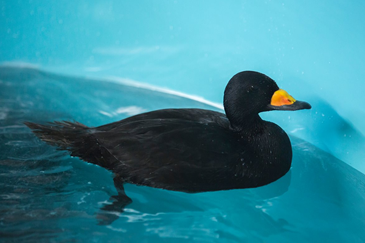
DID YOU KNOW??
Wild Care has a state-of-the-art seabird therapy pool, which allows seabirds and waterfowl to exercise on running water. This will help our bird friends recover more quickly so they can get back to their watery habitats!
